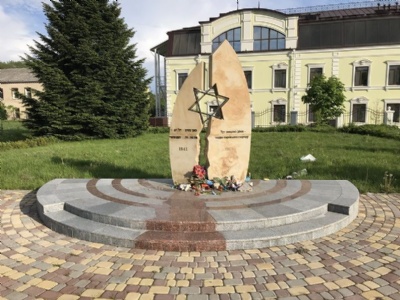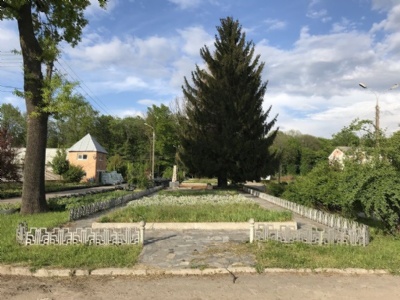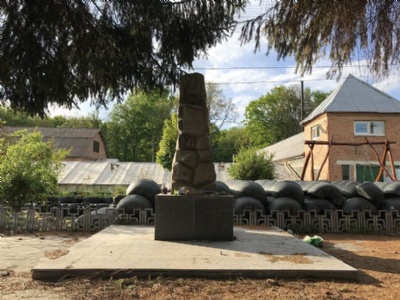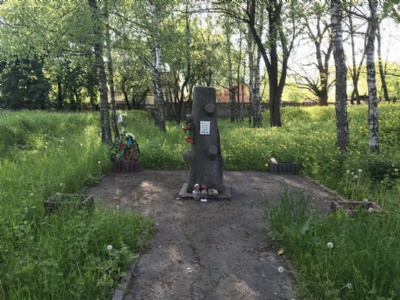Vinnitsa
When the Second World War broke out, about 25,000 Jews lived in Vinnitsa. Shortly after Germany attacked Soviet Union in June 1941, about 17,500 fled eastward away from the German troops. When the Germans occupied Vinnitsa July 19, there were about 7,500 Jews left in the city. In the wake of the German army, Nazi mobile killing squads from Einsatzgruppe D arrived and murdered a hundred Jews at the Jewish cemetery. At the end of September, a ghetto was set up in a military camp for about 5,000 Jews who were gonna be used as slave labor. The remaining 2,000 Jews (old, sick, children) were murdered on the outskirts of Vinnitsa. A large number of Jews from the ghetto were forced to work in the spring and summer of 1942 with the construction of Hitler’s headquarters Wehrwolf about ten kilometres north of Vinnitsa. After its completion a large number of the Jewish work force were killed. A total of about 28,000 Jews were murdered in Vinnitsa by Nazi killing squads.
Current status: Monument (2019).
Location: 49°14'27.85"N 28°25'52.24"E
Get there: Car.
Follow up in books: Arad, Yitzhak: Holocaust in the Soviet union (2009).




There are three monuments. Two of them are located within a semi-public industrial area. The third monument is located in a nearby grove within an area of houses. Perhaps the most famous photograph from an execution of Jews from Eastern Europe is said to have been taken in Vinnitsa and came in circulation just after the war ended. The photograph consists of a Jewish man kneeling in front of a mass grave full of dead. Behind him stands a soldier pointing a gun about three inches from his head. All around there are several spectators from different branches of the German armed forces. On the back of the photograph it says, Der letzte Jude von Vinnytsia (the last Jew in Vinnitsa). Wether or not the photograph was taken in Vinnitsa and if the person just about to be shot is Jew or the last Jew is not known. Some info states that the picture is taken in the summer of 1941 at Berdychiv citadel by looking at the picture’s background.